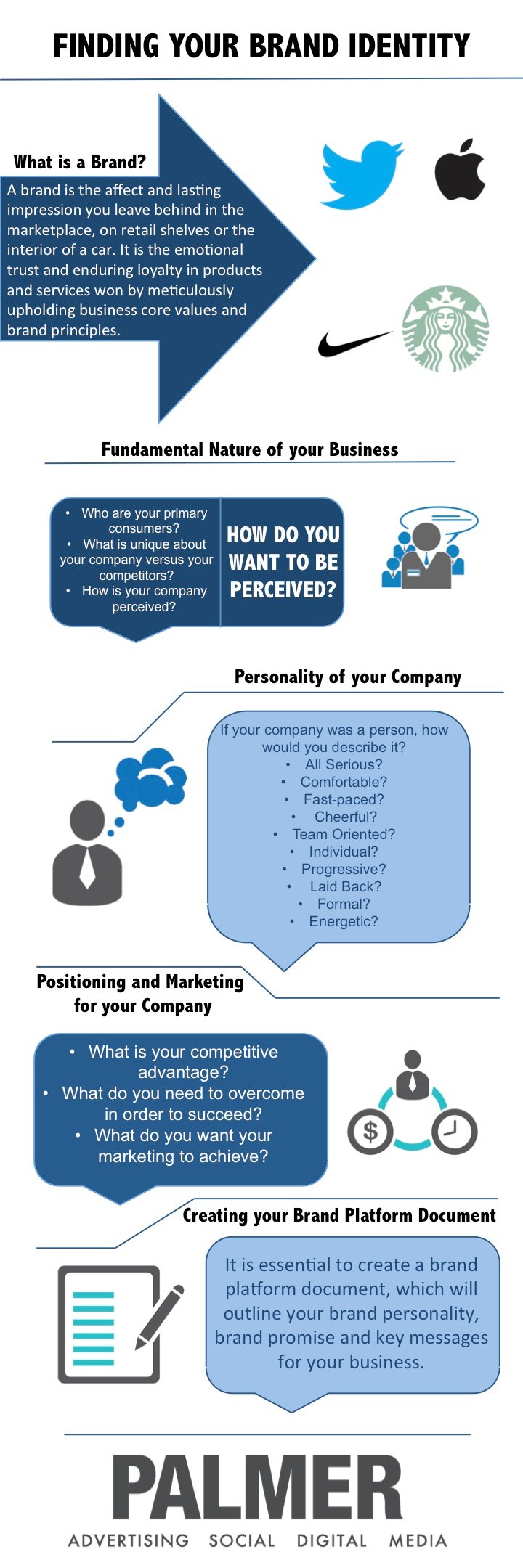Everyone knows a company's brand is the lifeblood of the business itself. But unlike, say, all the matter in the entire universe, brands don't just spontaneously arise out of sheer nothingness (Rule of thumb: Big Bang analogies usually don't work in a business context.)
That's because the actual process of developing a memorable brand is hard work, where subjective assumptions clash with objective data. Egos clash, tempers flare, logos are designed and discarded, and thousands of dollars vanish into the black holes that are the pockets of "brand consultants." (OK, that analogy actually worked.)
Fortunately, once businesses realize that brand development doesn't have a fixed end point, it can evolve while staying true to core principles and ideas, the process itself isn't as intimidating. With that in mind, here are four simple steps - with some sub-steps - for developing a memorable brand:
- Identify It (Dry-Erase Board not required)
1. List the top five brands you admire, then briefly describe them. For example, Trader Joe's equals "high-quality, affordable organic food." Then ask yourselves, "Why do we admire these brands?" Often times the answer to that question will be identical to your description of the brand.
2. Throw out adjectives that describe your brand (not the product.) "Edgy," "modern," "classic," "down-home," "innovative," etc. You may soon see disconnects unfold. That is, you'd like to think your product is "classic," when in reality it's more modern than you imaged. Pick a handful of adjectives and stick to them. (The less cliché the better.)
3. Ask yourself "What demographics would be most interested in this brand?" Affluent Baby-Boomers? The lucrative 18-35 year old male market? Broke college students? Keep these demographics in mind as they'll come in handy in future steps.
4. Examine the competition, their brand, and ruminate on their demographics. Ask yourself questions "Why our brand and not someone else's?" "What makes it unique?" and "What do we provide that customers can't get elsewhere?"
At the end of this exercise you can formulate a crisp and illuminating brand that is descriptive, distinguishes you from your competitors, and is accurate - you don't want to promise what you can't deliver.
Congratulations, you have a brand! But there's still work to be done. After all, your brand isn't say, a Monet watercolor that you frame and hang in your hallway and occasionally admire. It's more like, well, the US Constitution - a living, "breathing" document that will influence and guide your business on a daily basis.
- Develop it (and Test It)
Armed with your brand, you can now partake in the nitty-gritty activities that bring it to the attention of customers and prospects. This means designing a logo, creating a catchy tagline, and designing or redesigning your Web site. That latter piece is particularly important because your site will be the first place where prospects will experience your brand. This is where the takeaways from the first step will inform your design principles.
If you're a high-end BMW dealer catering to an affluent demographic, your site should reflect this fact: simple, elegant, tasteful, and minimal bells and whistles. Once these basics are in place, run it by friends, colleagues, and customers and incorporate their feedback as needed.
- Integrate It With an Eye On Content
Now that your brand is developed and road-tested, you're ready for prime time: establish and consolidate your social media holdings accordingly. Whether it's your blog, Facebook or Twitter page, or other social network profiles, make sure your brand is articulated in a consistent fashion. That means ensuring your content is presented with a brand-friendly tone (e.g. cynical, information, serious, journalistic, etc.) It means that blog posts exude expertise to complement and strengthen your brand. It means that anecdotes, stories, photos, and videos all act as an extension of your brand. Failure to do so will create disconnects in the mind of the consumer, which is why it's critical that everyone associated with this step, from bloggers to Webmasters to outsourced ad agencies, are on the same page.
- Monitor and Reinforce It
In a perfect world, your brand will be: firm, resolute, unchangeable. But is that so perfect? What if an unwillingness to redefine your brand forces your business to miss out on new and exciting opportunities? Similarly, sometimes social media followers (and enemies) wrestle control of company brands by posting negative comments. It's a nightmare scenario, really, because it threatens to blow up all your hard work - both in building your business and developing a memorable brand. So our point here is simple: be vigilant. Monitor and respond to negative comments when appropriate, and don't be close-minded to such comments: astute online feedback has compelled many organizations to tweak or even ditch their brand entirely.
We've created this blog post into a helpful infographic for you to keep on hand:






